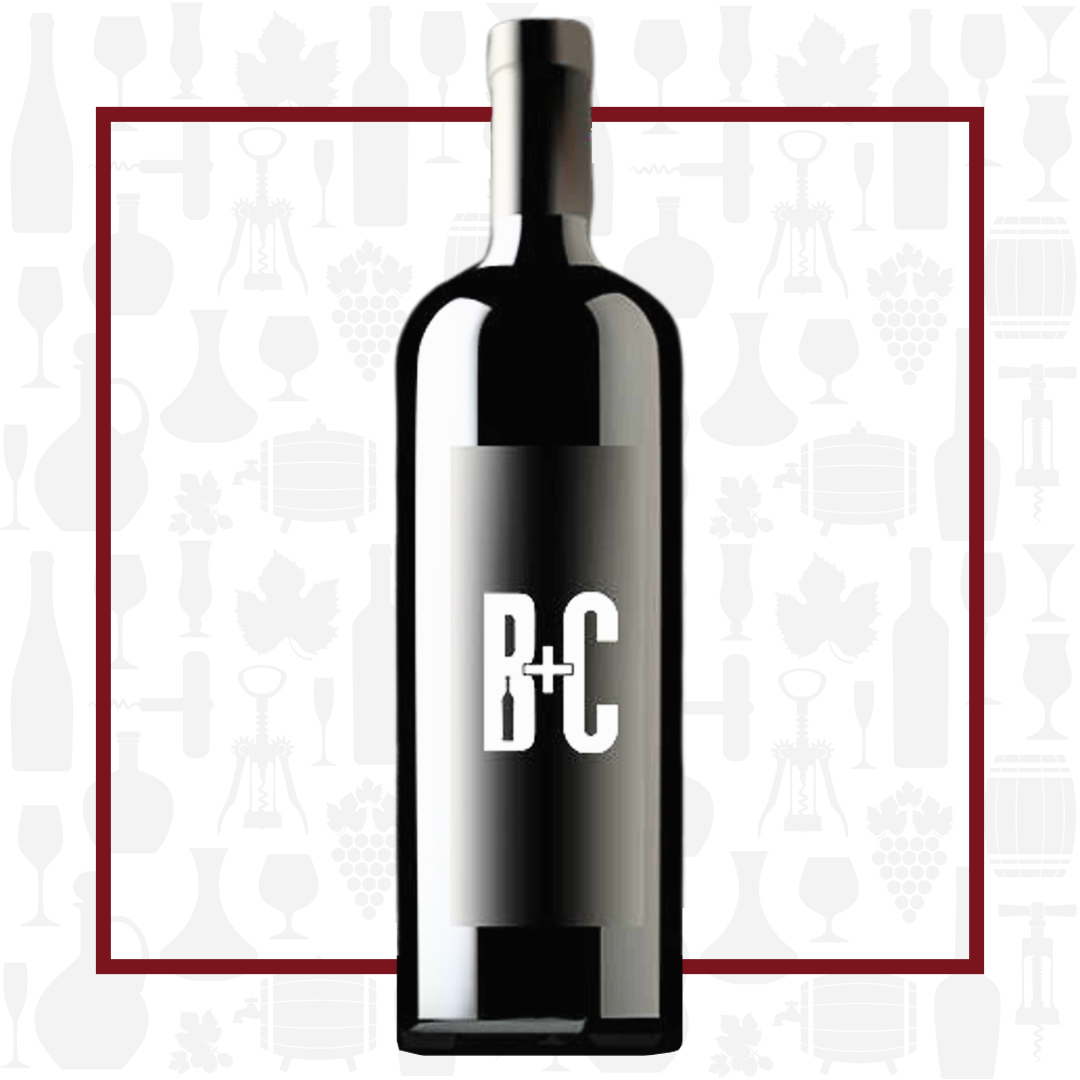Cellar Profile
In 1983, with a small truckload of borrowed fruit and a rented cellar, Rob Griffin and his wife Deborah Barnard established Barnard Griffin Winery. Since that time, it has become one of Washington’s most enduring and award-winning wineries. Nearly half of the wine produced comes from their estate vineyard, Caroway, while the remaining fruit is sourced from some of the best vineyards in Washington State. Since inception, Barnard Griffin has cultivated strong partnerships with vineyards and viticulturists throughout the Columbia Valley. These wines are distinctly Washington, with ample weight and expressive fruit, framed beautifully with elegant structure and terrific length.
Region
Columbia Valley was granted AVA status in 1984. Located on the eastern side of Washington, it is the largest AVA in the state, responsible for 99% of total wine production. With its dessert-like conditions (average annual rainfall is only 6-8 inches per year), irrigation is a necessity. The Columbia River, as well as snowmelt from the Cascade Mountains, supplies the region’s water for agriculture. Washington has an interesting dynamic between winemakers and grape growers in that they are often exclusively ‘Makers’ or ‘Growers’. Today, nearly 50% of Barnard Griffin’s fruit is grown on the estate.
Vineyard
Sourced throughout the Columbia Valley, including Sagemoor and Lonesome Spring Ranch, from vineyards that are farmed sustainably. Rob Griffin has spent decades working these vineyards and knows the land like few others. These soils are some of the most varied and interesting in the world. The Missoula Floods, caused by the movement of a giant continental glacier across Washington State 13,000 years ago, picked up soils from Idaho as they crossed into Washington, depositing them haphazardly and carving out the Columbia Gorge.
Winemaking
Harvested from different parcels throughout the Columbia Valley, with each parcel vinified separately. After a long, slow fermentation using selected yeasts, with twice daily pumpovers for colour and flavour extraction, the wines are transferred into a combination of new and used French oak barrels for 18 months of aging. The finished wines are blended, after a careful tasting and selection, then bottled.
Varieties
Cabernet Sauvignon is probably the most famous red wine grape variety on earth and has successfully spread to almost every wine growing country. DNA profiling carried out in California in 1997 confirmed that Cabernet Sauvignon is the product of a natural genetic crossing between key Bordeaux grape varieties Cabernet Franc and Sauvignon Blanc. There are two key reasons for Cabernet Sauvignon’s rise to dominance. The most simple and primordial of these is that its vines are highly adaptable to different soil types and climates; it is grown at latitudes as disparate as 50°N (Okanagan Valley, Canada) and 20°S (northern Argentina), and in soils as different as the gravels of Pessac-Leognan and the iron-rich terra rossa of Coonawarra. Secondary to this, but just as important, is that despite the diversity of terroirs in which the vine is grown, Cabernet Sauvignon wines retain an inimitable “Cab” character, nuanced with hints of provenance in the best-made examples. Cabernet Sauvignon wines always seem to demonstrate a handful of common character traits: deep color, good tannin structure, moderate acidity and aromas of black currant, tomato leaf, dark spices and cedarwood.
Tasting Notes
Anise and dark fruits (plums, blackberry, currants) on the nose. The black fruits continue on the palate, mixed with some blueberry, mocha and a touch of mint. Full-bodied, but not ponderous, the tannins are apparent but soft and woven into the wine. Serve alongside rack of lamb, with a good steak or with some dark chocolate.

